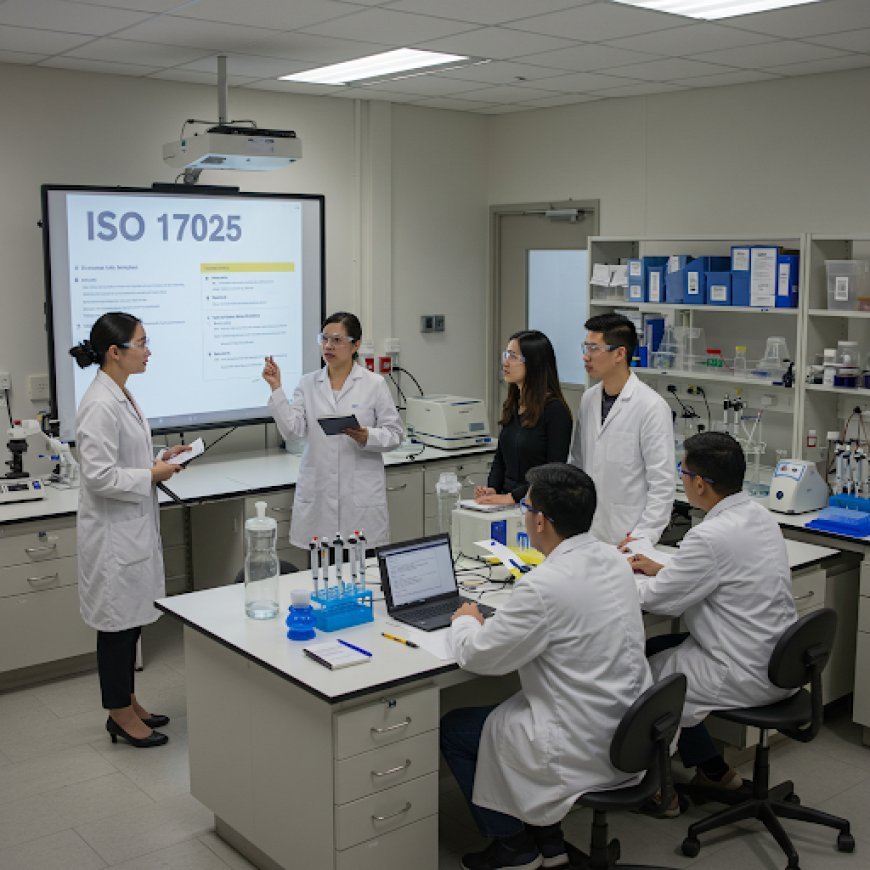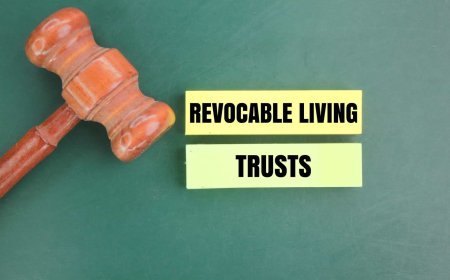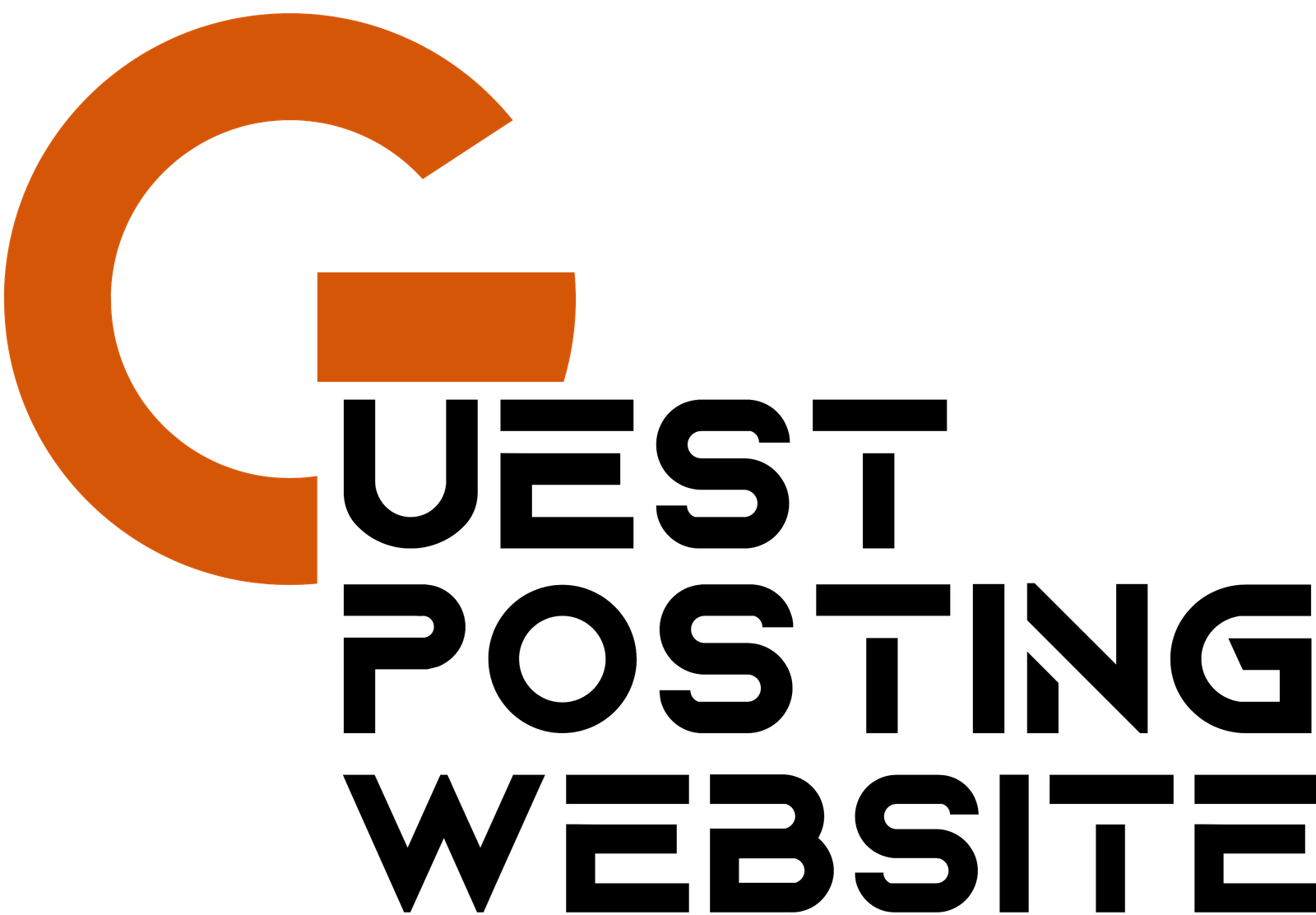ISO 17025 Certification: Your Guide to Building Trust and Credibility in Testing and Calibration

When it comes to testing and calibration, accuracy isn’t just a goal—it’s a requirement. And for businesses and organizations in the testing and calibration industry, ensuring that you meet the highest standards of quality is key. One of the most recognized ways to demonstrate this commitment to excellence is through ISO 17025 certification. But what does that really mean, and why does it matter? Let’s unpack it.
What is ISO 17025 Certification?
ISO 17025 is the international standard for the competence of testing and calibration laboratories. It’s a key certification that proves a laboratory has the technical ability to carry out accurate testing and calibration. Think of it as a “seal of approval” that signals to your clients that your laboratory can be trusted to deliver reliable, precise results.
The standard sets out general requirements for the competence of testing and calibration laboratories, covering everything from the qualifications of the staff to the reliability of the testing equipment. But beyond just meeting technical requirements, ISO 17025 certification is a way to enhance your organization’s credibility and increase customer confidence. It’s not just about following procedures—it’s about embedding quality into the very heart of your operations.
Why Does ISO 17025 Certification Matter to You?
So, you might be wondering: “Why should I care about ISO 17025? I’m already delivering results, and my clients are happy.” Here's the thing: if you want to stand out in a competitive market, you’ve got to prove that you’re not just good enough—you’re the best. ISO 17025 certification helps you do just that.
When you’re accredited, clients know they can count on your lab to deliver accurate, reproducible results. This is especially important when testing results impact safety, health, and regulatory compliance. Think about it: if you’re conducting tests that are foundational to public health or industrial safety, having ISO 17025 certification isn’t just a nice-to-have. It’s a necessity.
And let’s not forget that many industries require ISO 17025 certification for compliance with regulatory bodies. If you’re aiming to work with international clients or participate in global markets, certification is often a prerequisite.
Getting the Basics Right: The Core Components of ISO 17025
It might sound complex, but don’t worry—ISO 17025 isn’t about reinventing the wheel. It’s about ensuring that you have the right systems in place to guarantee consistent and reliable results. Here’s what you need to know about the core components of the certification:
1. Management Requirements
ISO 17025 isn’t just about the technical side—it also focuses on how you manage your laboratory’s operations. This includes things like:
-
Document control (ensuring that all procedures and records are properly maintained)
-
Quality management systems (ensuring everything works smoothly, from customer interactions to internal processes)
-
Continuous improvement (always striving to do better)
These management elements help create an environment where quality is top of mind at all levels.
2. Technical Requirements
The heart of ISO 17025 lies in the technical requirements. These focus on the specific competencies your lab needs to meet. Some of the key areas include:
-
Competence of personnel: Your team needs the right skills, knowledge, and experience to perform their tasks with precision.
-
Test and calibration methods: You must use appropriate, validated methods to ensure reliable outcomes.
-
Equipment calibration and maintenance: The tools and machinery you use need to be regularly checked and calibrated to maintain accuracy.
-
Traceability of measurements: Your results must be traceable to recognized standards, so clients can trust the outcomes.
These technical components are the backbone of your laboratory’s operations. They ensure that every test or calibration is done with consistency and accuracy.
3. Risk Management
ISO 17025 emphasizes the importance of identifying and mitigating risks. You’re expected to proactively assess potential risks to the quality of results. This could include anything from issues with equipment to personnel training gaps. By identifying these risks early, you can minimize errors and ensure reliability.
4. Documented Procedures and Records
Proper documentation is a critical part of ISO 17025 certification. It’s not just about writing things down for the sake of it—it’s about ensuring that there’s a clear, traceable record of how your laboratory operates. This includes procedures for conducting tests, how you handle equipment calibration, and how you deal with client feedback. If you can’t prove it, it didn’t happen.
The Benefits of Being ISO 17025 Certified
Becoming ISO 17025 certified isn’t just a matter of checking a box. It’s an investment in the future of your laboratory. Here are a few reasons why getting certified is a big deal:
-
Enhanced Credibility and Trust: Certification signals to your clients and partners that your lab is committed to quality and precision. It gives you an edge in competitive markets.
-
Improved Operational Efficiency: The process of getting ISO 17025 certified often reveals areas where you can improve your operations. By addressing these areas, you can work more efficiently and effectively.
-
Better Risk Management: As mentioned, ISO 17025 emphasizes proactive risk management, which helps prevent costly errors and improves the overall reliability of your testing.
-
Access to Global Markets: Many international clients and markets require ISO 17025 certification. It can open doors to new business opportunities and allow you to engage with global partners.
-
Continual Improvement: ISO 17025 requires laboratories to continually assess their performance and look for ways to improve. This culture of continuous improvement helps you stay ahead of the curve in a rapidly evolving field.
How to Get ISO 17025 Certification: The Road to Success
Achieving ISO 17025 certification doesn’t happen overnight, but it’s not as daunting as it might seem. Here’s a high-level overview of the steps involved:
-
Understand the Requirements: Familiarize yourself with the ISO 17025 standard. Understand the key components and how they apply to your laboratory.
-
Prepare Your Documentation: Start gathering the necessary documentation for your procedures, policies, and records. You’ll need to demonstrate that you have the right systems in place.
-
Conduct an Internal Audit: Before you seek formal certification, it’s a good idea to perform an internal audit to check that your processes meet the required standards.
-
Choose a Certification Body: Select an accredited body that will assess your laboratory and provide certification.
-
Undergo the Assessment: The certifying body will assess your laboratory’s operations and documentation. They’ll check whether you meet the required standards and identify areas for improvement.
-
Address Any Non-Conformities: If there are any gaps or issues identified during the assessment, you’ll need to address them before moving forward.
-
Achieve Certification: Once you pass the assessment, you’ll be awarded ISO 17025 certification. Congratulations!
But don’t think that the process stops here. certification iso 17025 requires ongoing monitoring and internal audits to maintain your certification. It’s all about staying committed to quality and continuous improvement.
Common Challenges and How to Overcome Them
ISO 17025 certification may sound like a smooth journey, but it’s not without its challenges. Some of the common obstacles laboratories face include:
-
Resource Constraints: Smaller labs may find it difficult to dedicate the necessary resources to implement all the requirements. The key here is prioritizing what matters most and making incremental improvements over time.
-
Documentation Overload: The amount of paperwork can seem overwhelming at first, but remember: it’s all part of creating a reliable and transparent system. Use digital tools to streamline and organize your documentation.
-
Training and Competence Gaps: Keeping your staff fully trained and competent can be a challenge. It’s essential to invest in ongoing professional development to ensure your team is up to date with best practices and regulatory requirements.
But don't let these challenges discourage you. With careful planning, dedication, and the right resources, your lab can achieve ISO 17025 certification and unlock a world of opportunities.
Conclusion: Ready to Make Your Mark?
At the end of the day, ISO 17025 certification is about one thing: showing the world that you’re serious about the quality and reliability of your testing and calibration services. It’s an investment in your lab’s future, one that will pay off in trust, credibility, and continued success.
So, are you ready to take the next step and give your laboratory the competitive edge it deserves? You’ve got this—start the journey toward ISO 17025 certification today.
What's Your Reaction?

































































